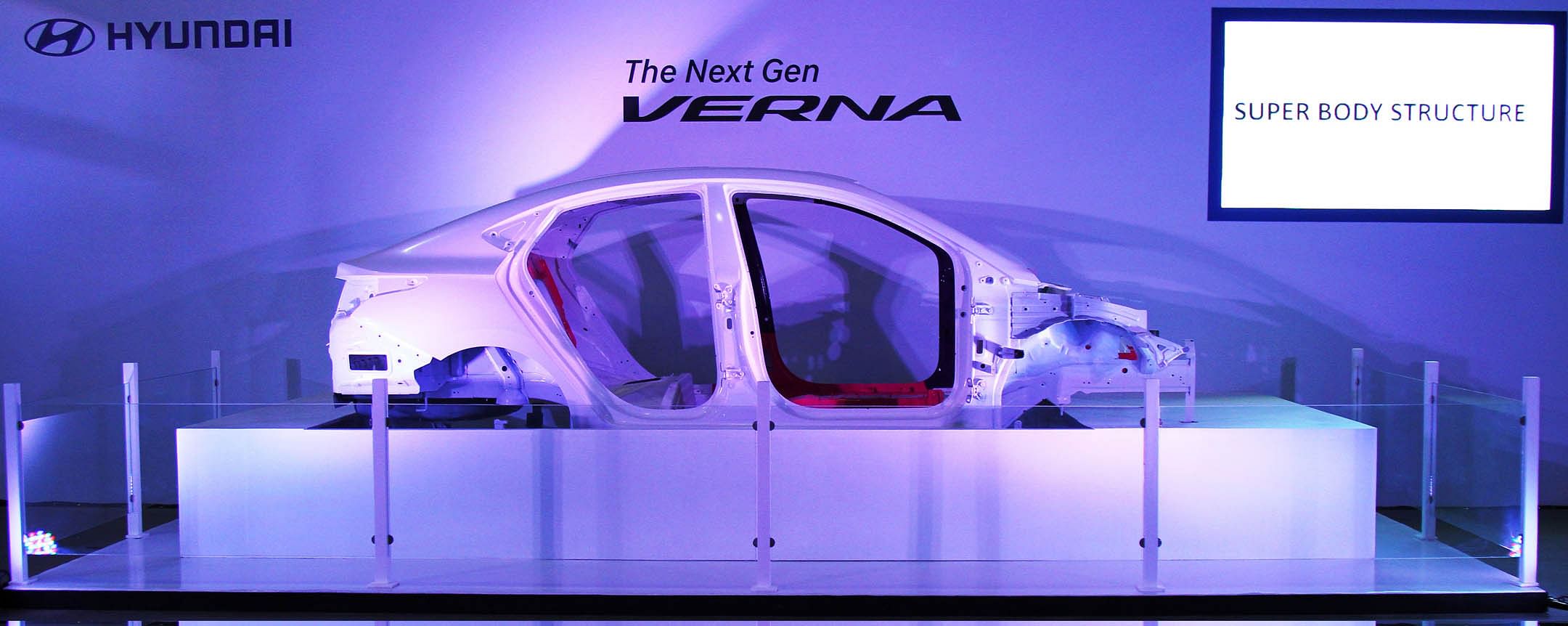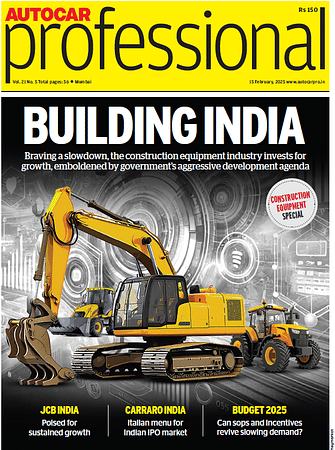Hyundai to launch all-new Verna on August 22
Bookings have commenced for the new Hyundai Verna which will take on the likes of the Maruti Ciaz, Honda City, Volkswagen Vento and the Skoda Rapid in the Indian market.
Hyundai will launch the new Verna in India on August 22, 2017. The rival to the Honda City and the Maruti Suzuki Ciaz was first revealed as a concept at the 2016 Beijing auto show last August. 2017 saw the launch of a Russia-spec model (called the Solaris) and a Canada-spec model (named the Accent).
The sedan will continue with the Verna nameplate in India and has been spruced up to better compete in this aggressive segment. Hyundai’s Fluidic Sculpture 2 design language will feature prominently on the new sedan, with the Verna taking after its larger sibling, the Elantra, in terms of styling.
A 15mm increase in length, 29mm increase in width, and with a wheelbase that is 10mm longer than the current model, the new Verna is expected to be more spacious on the inside. The boot space is also up by about 16 litres. Due to these increases, the new Verna will weigh 10kg more.
To suit the slightly larger interiors, the cabin gets a more driver-focussed dashboard layout that should feel considerably more premium than the existing model. High-end variants will get a new 7.0-inch touchscreen display that is Android Auto and Apple CarPlay compatible. Dual airbags and ABS are expected to come as standard, while top-of-the-line trims will get six airbags. ESP on the automatic offerings is also expected.
Speaking at the new Verna reveal in Chennai today, Y K Koo, managing director and CEO, Hyundai Motor India said, “The fifth-generation Verna is a true expression of a superior sedan crafted with perfection and excellence in engineering. It will create a disruption in the sedan segment with its benchmark features and performance for customers’ delight. The Verna has a rich legacy and has strong presence in more than 66 countries for over 8.8 million customers across the world and 317,000 units in India.”
“The next-gen Verna is a result of our numerous product clinics and rigorous product tests on various terrains in India and worldwide. Our R&D Centre in Namyang (South Korea), Chennai and Hyderabad has put extreme efforts to make this a world-class sedan for product supremacy and utmost customer satisfaction,” he added.
Increased use of AHSS in latest Verna
Hyundai has used larger amounts of advanced high-strength steel (54.5 percent compared with 41.5 percent in the outgoing model) in the new Verna, resulting in a 32 percent increase in torsional rigidity. Along with the wider stance and longer wheelbase, this should help the Verna handle better. The Korean brand has claimed that efforts have been made to improve the steering feel as well.

Engine options are expected to be unchanged with the same 1.4-litre and 1.6-litre petrol and diesel engines on offer, albeit with tweaks for better drivability and fuel economy. While the manual transmissions remain the same, Hyundai will provide the option of a new six-speed torque converter automatic gearbox. While it hasn’t been confirmed, a mild-hybrid version may also be on the cards.
Bookings have commenced for the new Hyundai Verna which will take on the likes of the Maruti Ciaz, Honda City, Volkswagen Vento and the Skoda Rapid in the Indian market.
RELATED ARTICLES
JSW MG Motor launches Comet EV Blackstorm edition
The key highlights of the Comet EV Blackstorm, which is now the top-end variant, are its ‘Starry Black’ exterior along w...
Maruti Suzuki begins production at new Kharkhoda plant
Phase 1 of the Kharkhoda plant will have an annual production capacity of 250,000 units and produce the Brezza compact S...
Eurogrip aims for price parity with ICE in low rolling resistance tyres
With its two-pronged approach that focuses on optimising energy consumption in the manufacturing process of low rolling ...





 04 Aug 2017
04 Aug 2017
 8711 Views
8711 Views










 Autocar India
Autocar India


 Ajit Dalvi
Ajit Dalvi


